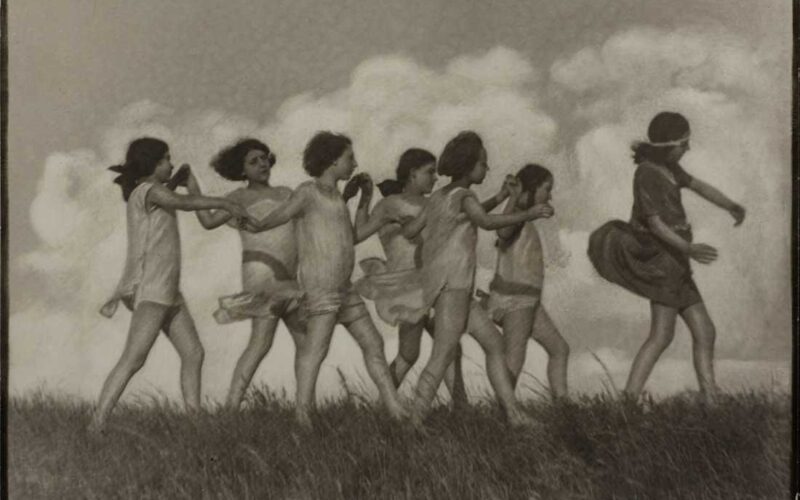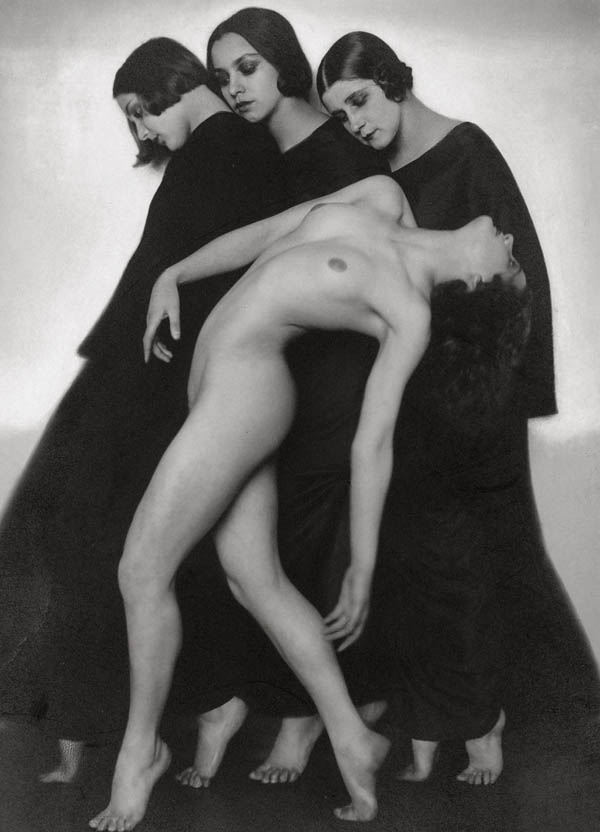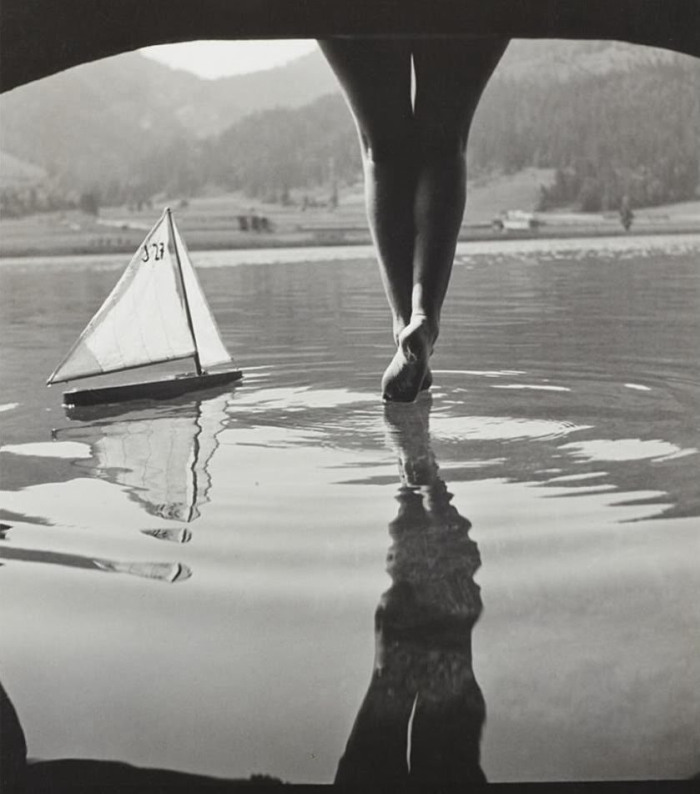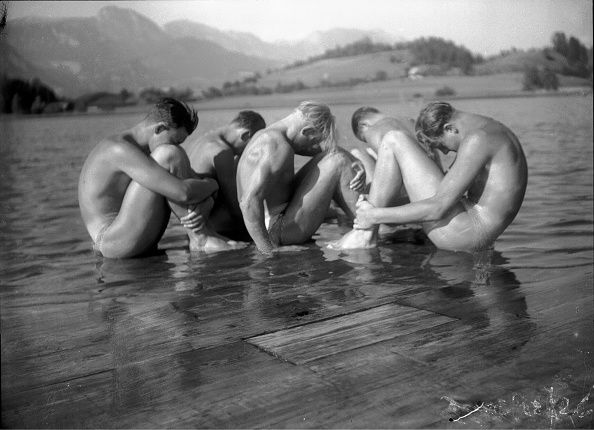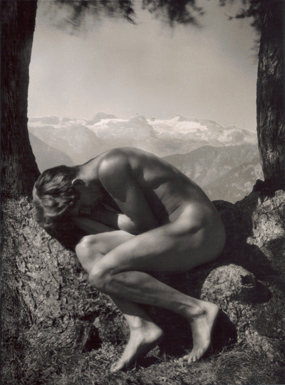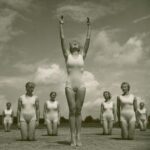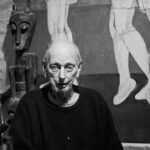In the enchantment of an era where art was not merely contemplation but a vital flow interwoven with every aspect of daily life, Art Nouveau emerged. Not just an artistic movement, but a breath of innovation that transformed painting, architecture, urban planning, down to the tiniest jewelry and everyday utensils. A revolutionary approach that spread across Europe, changing its name according to different cultures: Wiener Secession in Austria, Art Deco in France, Jugendstil in Germany, Liberty or floral style in Italy, Modernismo in Spain, and Modern Style in Britain.
In this cosmopolitan context, where artistic currents interacted with each other, rises the figure of Alfred Stieglitz, an innovator in photography. His ideas, influenced by the Munich Secession Exhibition of 1898, overturned the traditional view of photographic art, emphasizing the artistic manipulation of the image rather than mere mechanical reproduction of reality. Thus was born the “Photo-Secession,” a movement that marked a turning point in the United States.
Amid this cultural ferment, Munich stands as a beacon of German art. The Secessionists recognized photography as an art in its own right, independent of traditional manual techniques like painting or sculpture. It is in this scenario that Rudolf Koppitz emerges, a photographer who knew how to make his shots converse with the artistic currents of his time. From the streets of Vienna to the Hungarian villages, each of his works was a piece of a larger mosaic, influenced by his mentor, the Czech Symbolist photographer Karel Novák.
However, World War I interrupted his artistic path, but not his passion. As an aerial photographer, Koppitz continued to explore the forms and geometries of the landscape, capturing its drama through the skillful use of light. His shots of soldiers and civilians reflected a deep emotional involvement, revealing a unique mastery in capturing the essence of the moment.
At the end of the conflict, Koppitz resumed his artistic research, dedicating himself to nudes, in a continuous quest for harmony with nature. His masterpiece, Bewegungsstudie (1925), is a perfect synthesis of Art Nouveau style: movement and grace merge in harmonious lines, reminiscent of the works of masters like Gustav Klimt and Alphonse Mucha and classical Greco-Roman statuary.
Koppitz’s photo sessions, often set outdoors in mountain or marine settings, reflected the era of the German youth movement Wandervogel, which promoted a return to nature and nudity. This movement, much more than a simple celebration of nudity, aspired to a healthier and more conscious life, away from urban excesses, through sport and dance in freedom.
Koppitz, a virtuoso of the darkroom, elevated photography to an art form, experimenting with techniques such as gum bichromate, pigment, carbon, bromoil, and oil prints. His works, sometimes considered modern and progressive, other times more conservative, reflected a deep understanding of photography as an expressive medium.
In the later years of his career, Koppitz returned to landscape photography and documenting rural life, leaving a legacy that still inspires and enchants today, a bridge between tradition and innovation, between nature and art.

